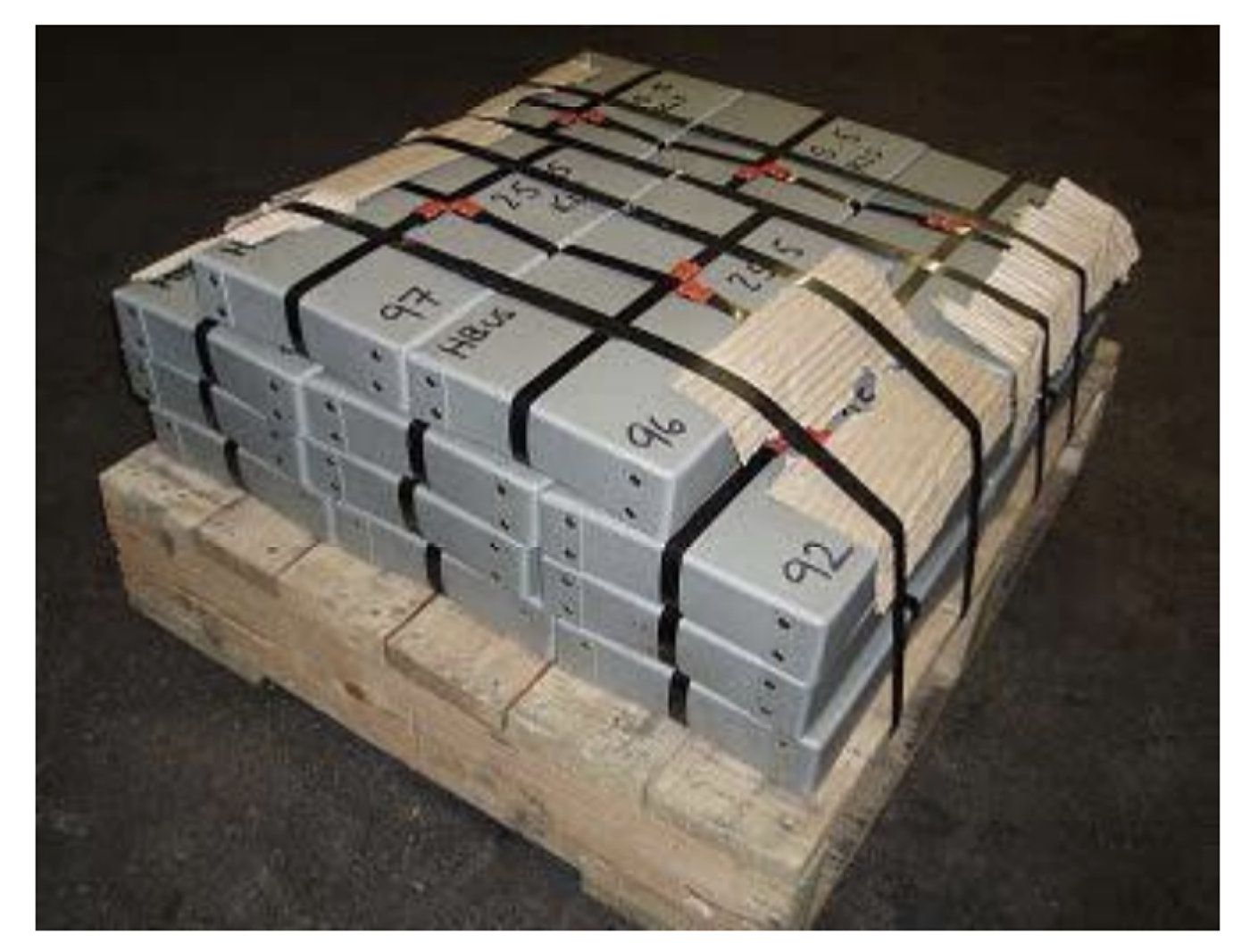Market Standards
The Importance of Proper Packing
April 2007
With recent high metal prices leading to a large influx of metal in to the London Market, some of the vaults in London have noticed that in some cases, refiners have been taking insufficient care in ensuring that the physical appearance of bars is up to standard and just as importantly, that bars are being securely and safely packed. Although the issues in this paper apply to both gold and silver, the problems experienced to date mainly relate to silver, no doubt because production, packing and transport costs as a percentage of the underlying metal value are much greater than for gold and the pressure to cut costs is therefore that much greater.
In recent years, health and safety regulations have become increasingly strict as governments have sought to minimise risks to workers in all fields of human activity, including operations in the bullion market which involve shipment, handling and storage of bullion bars. As a consequence, vault managers are required to carefully examine shipments of bars arriving at their premises to ensure that they pose no significant risk of accident. In the event of a serious accident, it is quite possible that their vault could be closed down (at least temporarily) with heavy fines being imposed. It is important to appreciate that vault managers have the absolute right to refuse to take delivery of metal which in their view does not comply with the LBMA Good Delivery specifications or where they consider the state of the packing to pose a potential safety hazard or the method of transport may result in a breach of security. In the event of bars being rejected, the producer, carrier or customer of the Market may not only be responsible for the cost of having the bullion repacked but also for any funding costs incurred by the intended recipient if the bullion cannot be delivered on the due date.
What makes for dangerous packing?
1. Bar Finish
The top surface of the bar should not have excessive shrinkage and the top and bottom surfaces should not have raised projections as either of these factors can contribute to a stack of bars being unstable.
End elevations should not have a raised lug as seen on Chinese silver; if these are present the bars should be classed as NGD and rejected by the vault manager. It is important that bars are uniform in shape and not tapered either in their length or width. Sharp edges are also unacceptable as this can result in injury to handlers when unpacking or moving the bars.
2. Packing
Gold
Preferred Standards:
- Gold bars should be placed on well-constructed pallets made of sturdy wood that individually can carry one tonne (the recommended maximum per pallet) and be capable of being stacked up to six pallets high.
Recommended pallet dimensions are:
- L 600 mm x W 700 mm x H 140 mm
The thickness of timber used should be at least 25mm. A gap of 100mm is also required to allow standard fork lifting equipment to move the pallet and metal.
- The bars should be adequately strapped such that when being moved on a fork lift or Collis truck that might be brought to a sharp halt the bars will not topple with the generated forward momentum. It is preferable that bars should be protected with bubble wrap or something similar to prevent bars rubbing together whilst in transit.
- Gold bars should be packed in wood, plastic or carbon fibre boxes and securely strapped to each pallet whilst in transit. Boxes need to be marked with the packed weight and a unique reference number. Alternatively 40 bars (500 kilos) packed on a pallet and covered in a plastic tote is acceptable. The tote should be nailed to the base of the pallet with a lid with drill holes allowing for metal pull tight seals at each corner to seal the tote. Suitable metal/nylon banding should be used to band the box itself.
The image below provides one example of how the London Bullion market custodians expect metal to be prepared for safe transit via air:








